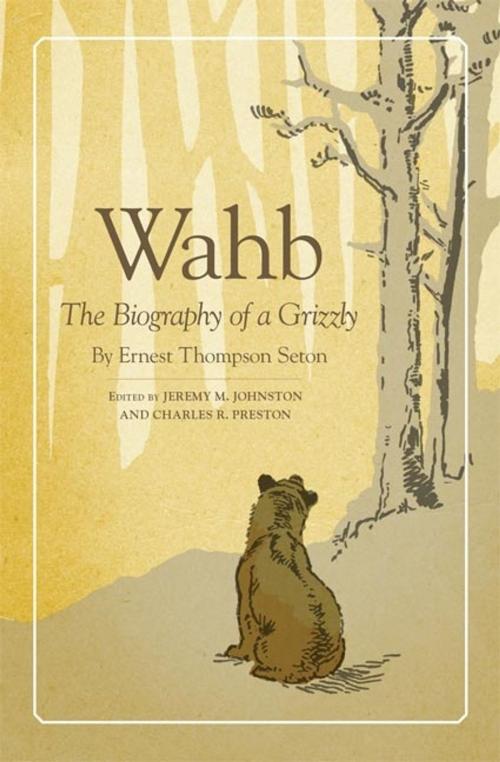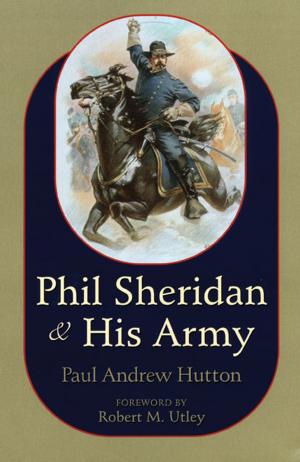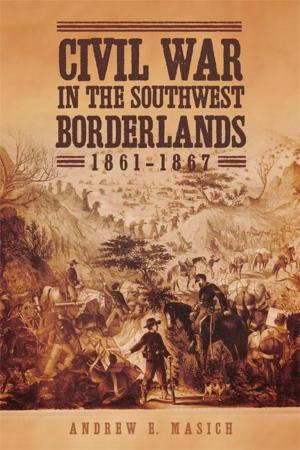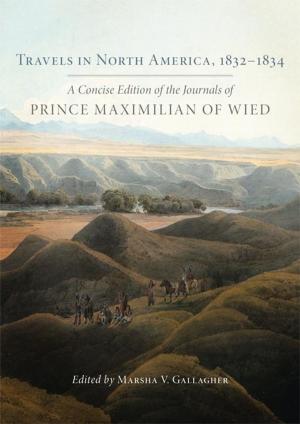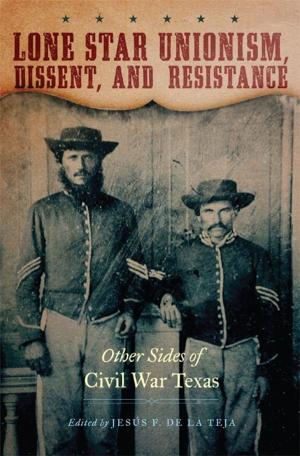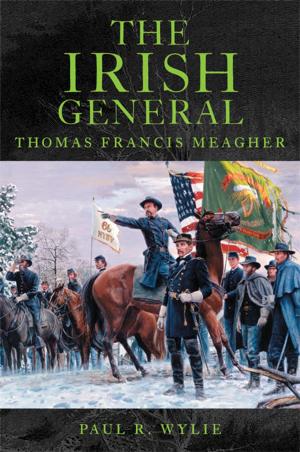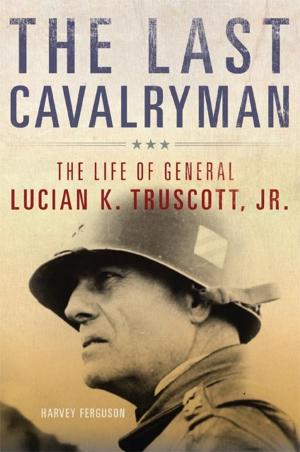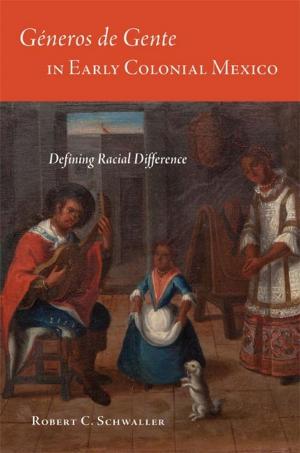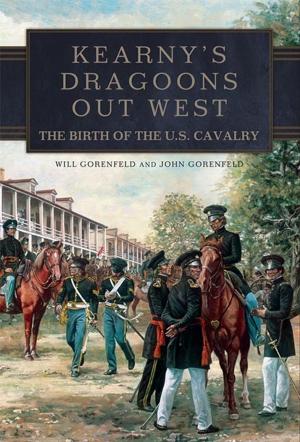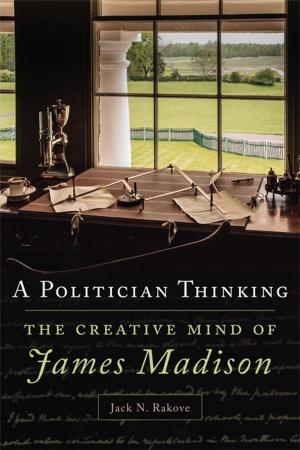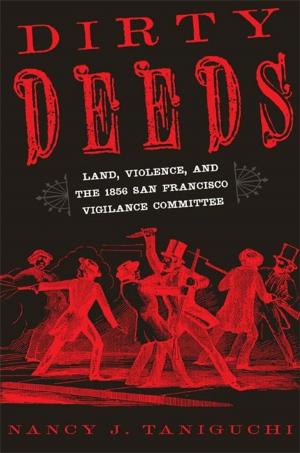Wahb
The Biography of a Grizzly
Nonfiction, Science & Nature, Nature, Animals, Bears, Science, Biological Sciences, Zoology, Environment, Environmental Conservation & Protection| Author: | Mr. Ernest Thompson Seton | ISBN: | 9780806152325 |
| Publisher: | University of Oklahoma Press | Publication: | July 30, 2015 |
| Imprint: | University of Oklahoma Press | Language: | English |
| Author: | Mr. Ernest Thompson Seton |
| ISBN: | 9780806152325 |
| Publisher: | University of Oklahoma Press |
| Publication: | July 30, 2015 |
| Imprint: | University of Oklahoma Press |
| Language: | English |
First published more than a century ago, The Biography of a Grizzly recounts the life of a fictitious bear named Wahb who lived and died in the Greater Yellowstone region. This new edition combines Ernest Thompson Seton’s classic tale and original illustrations with historical and scientific context for Wahb’s story, providing a thorough understanding of the setting, cultural connections, biology, and ecology of Seton’s best-known book.
By the time The Biography of a Grizzly was published in 1900, grizzly bears had been hunted out of much of their historical range in North America. The characterization of Wahb, along with Seton’s other anthropomorphic tales of American wildlife, helped to change public perceptions and promote conservation. As editors Jeremy M. Johnston and Charles R. Preston remind us, however, Seton’s approach to writing about animals put him at the center of the “Nature-Faker” controversy of the early twentieth century, when John Burroughs and Theodore Roosevelt, among others, denounced sentimental representations of wildlife.
The editors address conservation scientists’ continuing concerns about inaccurate depictions of nature in popular culture. Despite its anthropomorphism, Seton’s paradoxical book imparts a good deal of insightful and accurate natural history, even as its exaggerations shaped early-twentieth-century public opinion on conservation in often counterproductive ways. By complicating Seton’s enthralling tale with scientific observations of grizzly behavior in the wild, Johnston and Preston evaluate the story’s accuracy and bring the story of Yellowstone grizzlies into the present day.
Preserving the 1900 edition’s original design and illustrations, Wahb brings new understanding to an American classic, updating the book for current and future generations.
First published more than a century ago, The Biography of a Grizzly recounts the life of a fictitious bear named Wahb who lived and died in the Greater Yellowstone region. This new edition combines Ernest Thompson Seton’s classic tale and original illustrations with historical and scientific context for Wahb’s story, providing a thorough understanding of the setting, cultural connections, biology, and ecology of Seton’s best-known book.
By the time The Biography of a Grizzly was published in 1900, grizzly bears had been hunted out of much of their historical range in North America. The characterization of Wahb, along with Seton’s other anthropomorphic tales of American wildlife, helped to change public perceptions and promote conservation. As editors Jeremy M. Johnston and Charles R. Preston remind us, however, Seton’s approach to writing about animals put him at the center of the “Nature-Faker” controversy of the early twentieth century, when John Burroughs and Theodore Roosevelt, among others, denounced sentimental representations of wildlife.
The editors address conservation scientists’ continuing concerns about inaccurate depictions of nature in popular culture. Despite its anthropomorphism, Seton’s paradoxical book imparts a good deal of insightful and accurate natural history, even as its exaggerations shaped early-twentieth-century public opinion on conservation in often counterproductive ways. By complicating Seton’s enthralling tale with scientific observations of grizzly behavior in the wild, Johnston and Preston evaluate the story’s accuracy and bring the story of Yellowstone grizzlies into the present day.
Preserving the 1900 edition’s original design and illustrations, Wahb brings new understanding to an American classic, updating the book for current and future generations.
